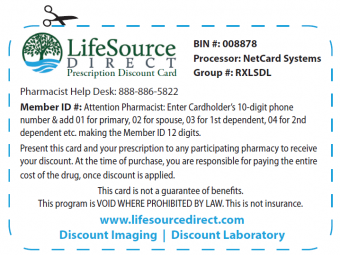Hard as it is to believe, there are only a few more months until the December holidays. And then we are back to January—and those pesky New Year’s resolutions. You know: lose weight, exercise more, get a handle on our finances.
And we mean to follow through. We really do. But something happens—or more precisely, life happens—and we just don’t have the time or energy or the incentive to do the things we said we wanted to do.
Remember the story of the ant and the grasshopper? The ant worked hard all summer,  gathering wheat grains to store for winter. And the grasshopper? He just hopped around, enjoying the sunshine and laughing at that sweaty ant. Well, once winter hit, the grasshopper wasn’t laughing, but was cold and miserable and hungry. And the ant? He had plenty of food and could now toast his toes in front of his warm fire.
gathering wheat grains to store for winter. And the grasshopper? He just hopped around, enjoying the sunshine and laughing at that sweaty ant. Well, once winter hit, the grasshopper wasn’t laughing, but was cold and miserable and hungry. And the ant? He had plenty of food and could now toast his toes in front of his warm fire.
The point is, instead of waiting for January 1 to make your next set of New Year’s resolutions, start now working on those you made eight months ago, working on the principle that there is no time like the present. Here are four quick tasks to undertake—one for each week of this coming month—to get your financial life under control and heading in the right direction. You’re on your own with the diet and exercising, although you can receive some help from this this natural appetite suppressant supplement so you eat less and feel better.
1. Start saving now. Have a set amount of money deducted from your paycheck and sent directly to a “don’t touch no matter what” savings account. Self-employed? Do your own auto-deduction from your checking account. (Bonus tip: save your change and once a month, make a coin drop to your account. Or go even further: Don’t spend those one dollar bills but instead save them. When you get 10, deposit them. It’s amazing how quickly your savings balance will grow!)
2. Review your life, business, auto and home policies. Do you have enough coverage—and the right kind? Can you increase your deductibles to save a few dollars? Do you need to add any extra options, riders or increase existing coverage amounts? Schedule a session with your insurance agent for a complete evaluation of your existing policies. (Bonus tip: Not sure how much life insurance you need? Check out the LIFE’s Life Insurance Needs Calculator.)
3. Pull your credit score. Go to Annual Credit Report.com—one central site where you can request a free credit file disclosure (also called a credit report) once every 12 months from each of the nationwide consumer credit reporting companies: Equifax, Experian and TransUnion. Look for any errors or unexpected information and then get it corrected—ASAP!
4. Create a workable financial plan. Do you know where your money goes each month? Take a look at your income and outgo. Are there expenses you can reduce or eliminate? If so, use the extra money to either pay down debt or save for a rainy day. Consider the “Latte Factor”: the concept that many small purchases can add up to a significant expenditure over time. For example, a $3 coffee five days a week is an expenditure of $780 a year. Settle for a regular cup of joe at half the price, save the rest and, at minimum without factoring in interest, you’ll have $390. Every little bit helps, whether it’s spending more or adding more to your monthly payments.
By the end of September, you’ll be in better shape financially, and feel more secure and less stressed about your overall financial plan.

